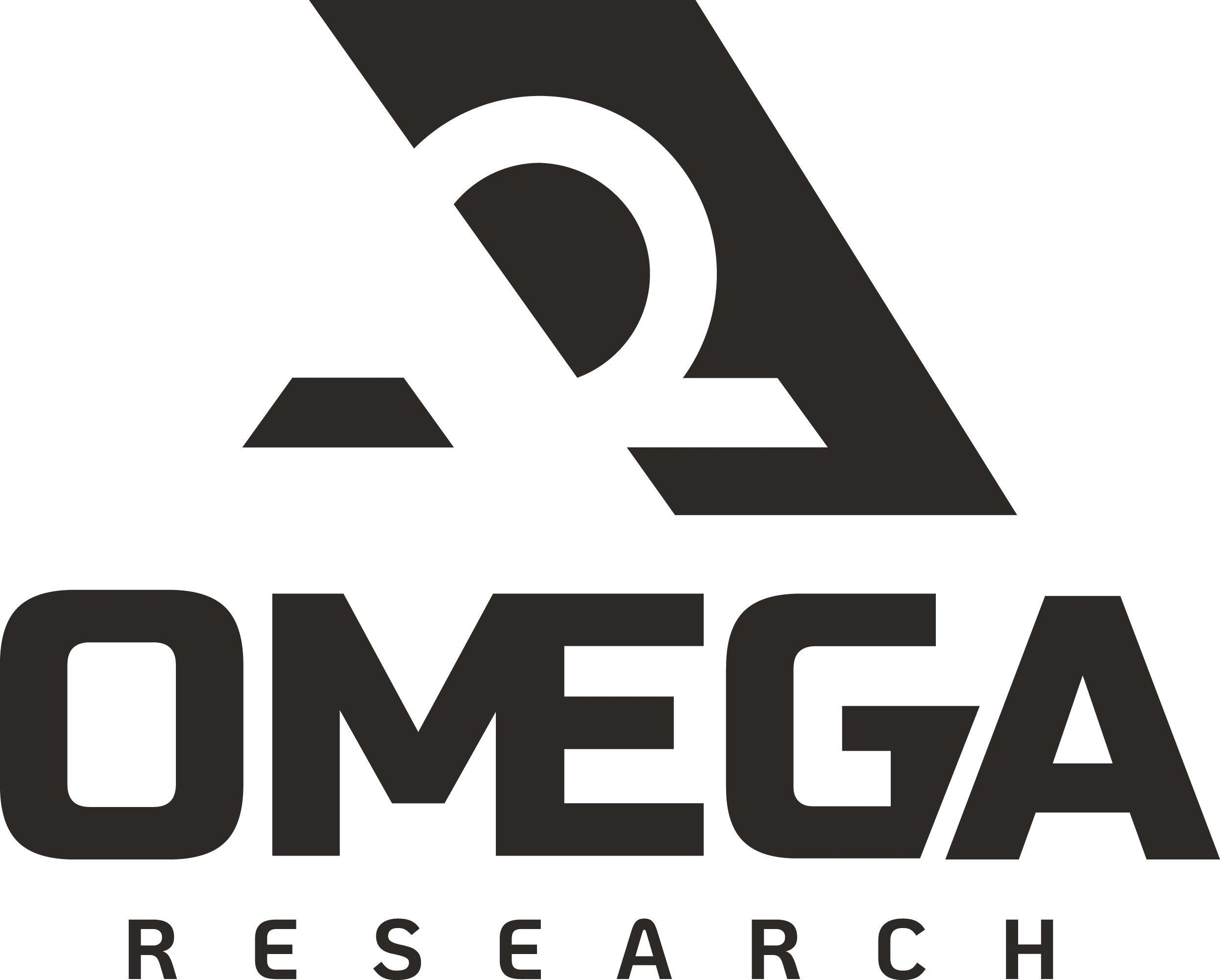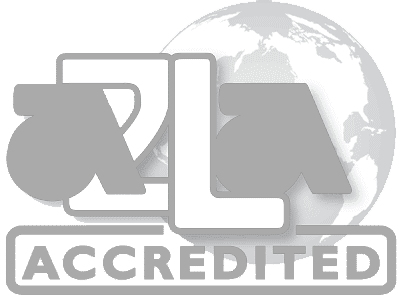
Hydrogen embrittlement is a silent and dangerous phenomenon in aerospace engineering. This process weakens high-strength metals like steel, titanium, and nickel alloys by allowing hydrogen atoms to infiltrate their crystalline structure. The result? A component that appears strong but is susceptible to sudden failure under stress.
For critical aerospace parts like landing gear, turbine blades, fasteners this is a serious safety risk. Recognizing this, regulatory bodies like the FAA enforce strict testing standards under FAR25 and MIL-STD guidelines to ensure material integrity.
The Importance of Hydrogen Embrittlement Testing
Hydrogen embrittlement doesn’t cause immediate failures. Instead, damage accumulates over time, often surfacing after months or years in service. This makes proactive detection crucial. Aerospace manufacturers and electroplating providers must conduct hydrogen embrittlement testing every 30 days for critical processes. These tests, based on ASTM F519 standards, subject metal samples to sustained tensile loads for 200 hours to reveal vulnerabilities. By intentionally pushing materials to their breaking point, engineers can confirm whether components will withstand real-world stresses or if corrective action is needed.
A failed test can be catastrophic, potentially scrapping entire production batches, delaying assembly, and incurring regulatory penalties. In a high-stakes industry where precision matters, early detection minimizes risks and keeps supply chains moving smoothly.
Omega Research’s Efficient Testing Process
Rapid Sample Intake & Setup
At Omega Research, speed and accuracy are at the core of our hydrogen embrittlement testing services. Our streamlined intake process ensures that samples are received, logged, and prepared for testing immediately upon arrival. Unlike testing facilities that require prolonged scheduling, Omega Research guarantees that testing setup begins no later than the next business day, eliminating unnecessary wait times and keeping manufacturers on track.
Industry-Compliant Testing Standards
Hydrogen embrittlement testing follows strict industry standards such as ASTM F519 or equivalent. The test involves subjecting metal samples to a 200-hour sustained tensile load, replicating the operational stresses these components will face in real-world applications. This ensures that any embrittlement risks are accurately detected before parts enter service, safeguarding both safety and compliance.
Fast, Accurate Reporting
Time is critical in aerospace production, and Omega Research ensures that test results are issued the next business day after test completion. This means a total turnaround time of just 200 hours (test duration) + 2 business days, allowing manufacturers to make informed decisions without delay.
Preventing Failures and Supporting Customers
If a sample fails testing, Omega Research collaborates closely with manufacturers to analyze potential causes, whether they stem from plating process inconsistencies, material defects, or procedural errors. This proactive approach allows for rapid adjustments before costly rework is necessary.
A single failed test can result in an entire production batch being scrapped or reworked, leading to financial losses, missed deadlines, and even regulatory scrutiny. By leveraging Omega Research’s expert analysis, manufacturers can pinpoint and address issues before they escalate, reducing downtime and preserving their reputation with clients and regulators.
For clients experiencing recurring failures, Omega Research offers a specialized VET program. VET is specifically designed to identify and eliminate variables in the plating process. By enabling real-time monitoring and data collection, it captures crucial information from each machine as it runs. Its primary benefit lies in providing an instant, comprehensive view of the entire operation through a single, centralized dashboard.
Conclusion
Hydrogen embrittlement testing is a necessary safeguard in aerospace manufacturing, ensuring that electroplated components meet stringent durability and safety standards. Omega Research’s fast turnaround process, paired with its rigorous industry compliance and expert support, ensures that manufacturers stay on schedule. From rapid sample intake to detailed failure analysis, Omega Research is committed to keeping aerospace projects moving forward with confidence.
For manufacturers seeking reliable, high-speed hydrogen embrittlement testing, Omega Research is the trusted partner to ensure compliance, efficiency, and precision. Get in touch with us today.


